Initial treatment with the modified Ponseti method can be successful, but relapses and complications are frequent;Club foot may look painful, but it doesn't cause the baby any pain If the condition isn't treated, the baby is likely to get arthritis, and may walk with an awkward gait Club foot is treated soon after birth, before the child starts walking The Ponseti technique is a common and effective treatment for club footAtypical clubfeet are challenging to treat;
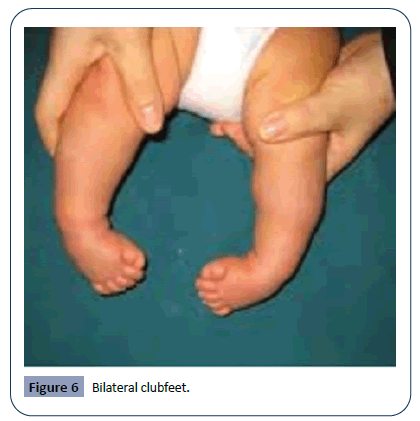
Cross Sectional Study Of Clinical Profile And Treatment Of Clubfoot By Ponseti Method Among Infants At A Tertiary Care Hospital Insight Medical Publishing
Ponseti clubfoot treatment
Ponseti clubfoot treatment-The Ponseti Club Foot Clinic at The Children's Hospital at Westmead specialises in treating children who have a club foot or club feet The Ponseti method is a complete treatment method that is 97% successful in correcting the clubfoot deformity withoutPonseti treatment at RNOH The RNOH offers comprehensive assessment and treatment for children with Congenital Talipes Equino Varus (CTEV) foot position, also known as Club Foot deformity The Ponseti method of correction is the primary treatment of choice, and follows Professor Ponseti's treatment protocol



1
Many infants born with club foot have relatives with the condition Treatment for club foot should start very quickly after the child is born;In order that each of the nearly 0,000 babies born with clubfoot each year has access to quality treatment, the world needs 4,000 Ponseti practitioners actively treating patients We are engaged in building the capacity to treat clubfoot, in large part through properly training health care providers throughout the worldBackground Club foot is a common congenital deformity affecting 150 000–0 000 children every year Untreated patients end up walking on the side or back of the affected foot, with severe social and economic consequences Club foot is highly treatable by the Ponseti method, a noninvasive technique that has been described as highly suitable for use in resourcelimited settings
Aims to improve the treatment of children born with clubfoot through education, research and improved access to care Includes information on the organization, the condition and the nonsurgical treatment developed by Dr PonsetiThe Ponseti Method was developed by Dr Ignacio Ponseti at the University of Iowa, where Paul Harris received his law degree is recognized as the "gold standard" for correcting clubfoot worldwide, including the American Academy of Orthopedic Surgeons and many others is a lowcost, lowrisk, nonsurgical, highly effective treatmentAtypical Club Foot Key Points Atypical clubfeet have severe equinus and plantarflexion of all metatarsals and a short hyperextended great toe;
This Classic article is a reprint of the original work by Ignacio V Ponseti and Eugene N Smoley, Congenital Club Foot The Results of Treatment An accompanying biographical sketch on Ignacio V Ponseti, MD, is available at DOI /sTwo year old adoptee from China with untreated clubfootThis child is two years old but still responded to casting To see post treatment see "Clubfoot afterClubfoot is a birth defect where one or both feet are rotated inward and downward The affected foot and leg may be smaller than the other Approximately 50% of cases of clubfoot affect both feet Most of the time, it is not associated with other problems Without treatment, the foot remains deformed, and people walk on the sides of their feet
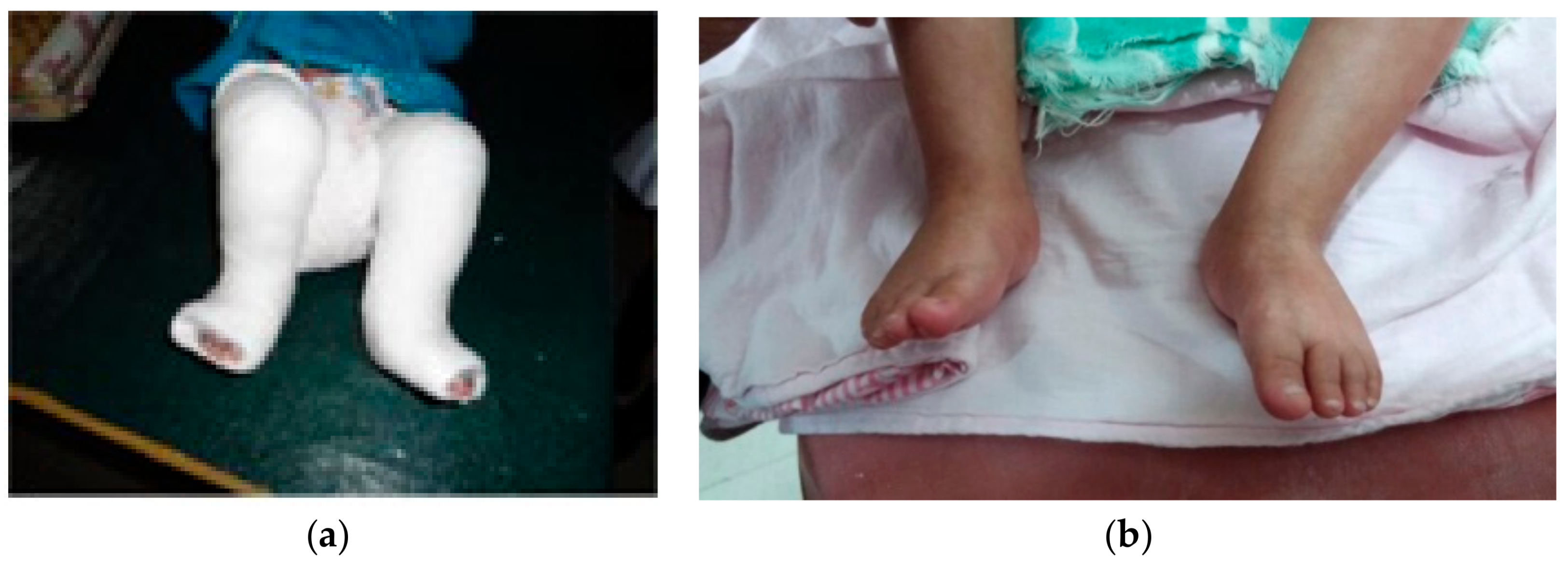



Children Free Full Text Ponseti Technique For The Management Of Congenital Talipes Equinovarus In A Rural Set Up In India Experience Of 356 Patients Html
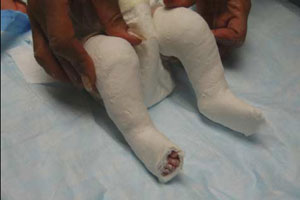



Ponseti Method For Correcting Clubfoot Overview For Parents
Ponseti treatment was introduced in UK in the late 1990s and widely popularized around the country by NHS physiotherapist Steve Wildon The manipulative treatment of club foot deformity is based on the inherent properties of the connective tissue, cartilage, and bone, which respond to the proper mechanical stimuli created by the gradual reduction of the deformityThe Ponseti method for the treatment of congenital club foot Review of the current literature and treatment recommendations International Orthopaedics, 37, pp1747–1753 14 Ponseti technique in the management of Idiopathic club foot Kerala Journal ofAt this time tissues are pliable and bones are not fully formed so with manipulation the deformity can be corrected and preclude the need for invasive surgery The Ponseti casting technique is recognized




Pdf Midterm Results Of The Ponseti Method In The Treatment Of Congenital Clubfoot Semantic Scholar




Lane Wyrick Videographer And Editor Creating Video Productions For Over 35 Years
Treatment for club foot usually starts within a week or two of your baby being born The Ponseti method – Stretching and casting A technique known as the Ponseti method is the most widely used technique in North America and throughout the world, which uses gentle stretching and casting to gradually correct the deformity(Advanced Course) The training includes refresher and advanced Ponseti for Idiopathic clubfoot, common errors in clubfoot management, recognition and treatment of atypical clubfoot, recurrent clubfoot, treating older children, secondary clubfoot, parent education and support and clinic quality monitoring and improvementClubfoot is a condition in which the foot points downward and turns inward Clubfoot occurs in 1 out of 1000 births Ideally, treatment of clubfoot should begin around a week after birth That's when the bones, ligaments and tendons are still soft and can be easily moved into the correct position However, treatment doesn't happen for all




Ponseti Method For Clubfoot Clubfoot Treatment For Babies Ponseti Method Club Foot Baby Baby Cast Dennis Brown




How Is Clubfoot Corrected The Clubfoot Club
Club foot is treatable without an anaesthetic by using the Ponseti method involving serial manipulation and plaster casting The Ponseti method is clinically effective in treating disability due to club foot The Ponseti method is suitable for low resource settings as it does not require a trained surgeon or an anaesthetistPonseti Method "Parents of infants born with clubfeet may be reassured that their baby, if otherwise normal, when treated by expert hands will have normal looking feet with normal function for all practical purposesThe well treated clubfoot is no handicap and is fully compatible with normal, active life"Ignacio Ponseti, MDTreatment of Congenital Club Foot Treatment of Congenital Club Foot J Bone Joint Surg Am 1992 Mar;74(3) Author I V Ponseti 1 Affiliation 1 Department of Orthopaedic Surgery, University of Iowa Hospitals and Clinics, Iowa City PMID




Fig 2 Radical Reduction In The Rate Of Extensive Corrective Surgery For Clubfoot Using The Ponseti Method American Academy Of Pediatrics




Current Concepts With The Ponseti Technique
4 3 Goal and result of the Ponseti treatment The goal is to reduce if not eliminate all elements of the Clubfoot deformity to obtain a functional, flexible, pain free, strong, normal looking, plantigrade and normal shoeable footThe New York Ponseti Clubfoot Center at the Center for Children, part of Hassenfeld Children's Hospital at NYU Langone, is staffed by clubfoot specialists who have been trained in the Ponseti method, a minimally invasive treatment approach in which casts and braces are used to gradually correct the position of your baby's foot or feetThe Ponseti method has become the gold standard of care for the treatment of congenital club foot Despite numerous articles in MEDLINE reporting results from around the globe there are still crucial details of the Ponseti method which seem to be less
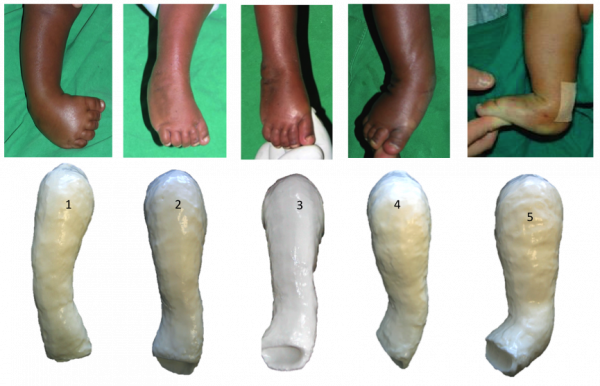



Ponseti Method Physiopedia




Clubfoot Referral Orthopaedic Institute For Children Physicians
Course Details Level 1 (Basic Course) The training includes an introduction to clubfoot and the Ponseti method, foot anatomy and definitions, pathoanatomy, method of manipulation, applying casts, tenotomy, maintenance using Foot Abduction Braces and identification of common problemsDr Ignacio Ponseti, Professor of Orthopaedics at the University of Iowa, pioneered his method in the 1940's after extensive research into the longterm aftereffects of surgery for clubfeet He found that those who had surgery for clubfeet often experienced stiffness, pain, and limited function in their feet as adults In many cases, furtherThis book provides information on all aspects of Ponseti management of Clubfoot The book was authored by Dr Lynn Staheli, Dr Ignacio Ponseti, and others, who have all mastered this casting technique We recommend that Dr Ponseti's technique be learned in a course



Clubfoot Orthoinfo os




Five Consecutive Casts In The Ponseti Method Source Ponseti Iv Et Al Download Scientific Diagram
In Ponseti and Smoley's study, the medical researchers observed the foot formation outcomes of infants that had clubfoot and that had been treated using the Ponseti method Their study specifically included infants that were treated at the State University of Iowa , which had started uniformly applying the Ponseti method to all cases of congenital clubfoot in 1948Congenital club foot is a common deformity that is usually treated with the Ponseti method, which involves a series of foot manipulation and casting, an Achilles tenotomy, and bracing The Ponseti method consists of a series of manual manipulations followed by setting the affected foot in a cast to gradually realign the foot The Ponseti method became widelyused in the 1990s as doctors and families of affected infants gained interest in effective, nonsurgical treatments for clubfoot




Clinical Photographs Showing A The Club Feet Of A 1 5 Month Old Baby Download Scientific Diagram




Scielo Brasil Treatment Of Idiopathic Congenital Clubfoot Using The Ponseti Method Ten Years Of Experience Treatment Of Idiopathic Congenital Clubfoot Using The Ponseti Method Ten Years Of Experience
Aim To evaluate the results of the Ponseti technique for treatment of Idiopathic Club foot deformity Methods 45 children, 32 male (7111%) and 13Babies treated using the Ponseti Method will have normal looking feet, with good mobility and function throughout life The long term outcomes from this method have far exceeded those of surgical treatments Patients treated surgically may require multiple surgeries, develop stiffness, pain, and other physical disabilities by the age of 30Treatment of congenital club foot has changed radically with the introduction of the Ponseti method in most paediatric orthopaedic centres worldwide duringthe lastten to 15years Ponseti first described his treatment regime including abduction bracing and tibialis anterior tendon transfer for the treat
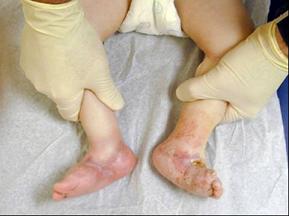



Casting For Club Foot Wheeless Textbook Of Orthopaedics



Clubfoot Success Story Ponseti Treatment In Tanzania Steps
57 Ignacio Ponseti, MD Dr Ponseti developed his method of management more than 50 years ago and has treated hundreds of infants using this method Currently Professor Emeritus at the University of Iowa, he provided guidance throughout the production of the book and wrote scientific basis of management Jose A Morcuende, MD, PhDTreatment of clubfoot ideally begins at an early age Newborns and infants at Scottish Rite for Children are treated nonsurgically in two ways the Ponseti casting technique and the French functional physical therapy method of stretching, massaging and tapingLearn about Dr Ignacio Ponseti's highly effective clubfoot treatment that uses a series of casts followed by the wearing of special boots and a braceThis g




What Is Clubfoot And How Is Diagnosed And Treated Orthopaedia



1
PURPOSE OF REVIEW This review of the Ponseti technique for the treatment of congenital club foot covers a topic of recently renewed interest Pediatric orthopedists and parents have become increasingly enthusiastic about the success of this technique, which has been practiced continuously at the University of Iowa since 1948 but only recently become widely utilized How Parents And The Internet Transformed Clubfoot Treatment Shots Health News Clubfoot is a common birth defect that can make walking difficult It used to be treated with surgery, which could1612 Introduction In the treatment of early idiopathic club foot, the Ponseti method includes weekly wear of corrective casts , followed by derotation braces to preserve the corrections obtainedPonseti suggested percutaneous Achilles tendon tenotomy when dorsiflexion of the ankle was less than 15 to ° or when the calcaneus appeared "high" before the last cast




A Walking Miracle The Ponseti Method For Clubfoot Treatment Youtube




Ponseti Method Club Foot Shoes Baby
Treatment should ideally begin shortly after birth, but older babies have also been treated successfully with the Ponseti method Elements of the method include Manipulation and casting Your baby's foot is gently stretched and manipulated into a corrected position and held in place with a longleg cast (toes to thigh)Request PDF Treatment of congenital club foot with Ponseti method Introduction Idiopathic congenital talipes equinovarus (Club Foot) is a complex deformity that is difficult to correct TheTreating club foot Treatment for club foot usually starts within 1 to 2 weeks of your baby being born The main treatment, called the Ponseti method, involves gently manipulating and stretching your baby's foot into a better position It's then put into a cast This is repeated every week for about 5 to 8 weeks




Clubfoot Treatment Non Surgical Clubfoot Treatment Ponseti Method Los Angeles
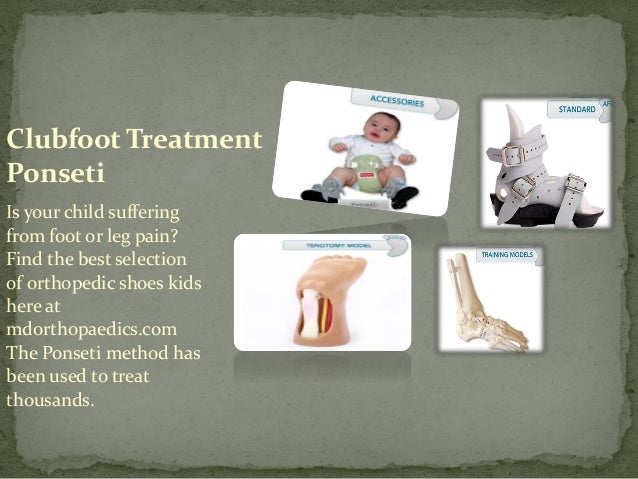



Clubfoot Treatment For Babies
This chapter outlines the pertinent pathoanatomy and method of clubfoot treatment as outlined by Professor Ignacio Ponseti ()The goal of treatment for idiopathic clubfoot is to produce a flexible, plantargrade foot that is painless for the life of the individual and that does not require orthotics after the completion of treatment This Classic article is a reprint of the original work by Ignacio V Ponseti and Eugene N Smoley, Congenital Club Foot The Results of Treatment An accompanying biographical sketch on Ignacio V Ponseti, MD, is available at DOI /sThe Ponseti method to treat clubfoot is done in two phases – the casting phase gradually moves the foot to the correct position, and the bracing phase makes sure it



Clubfoot Orthoinfo os
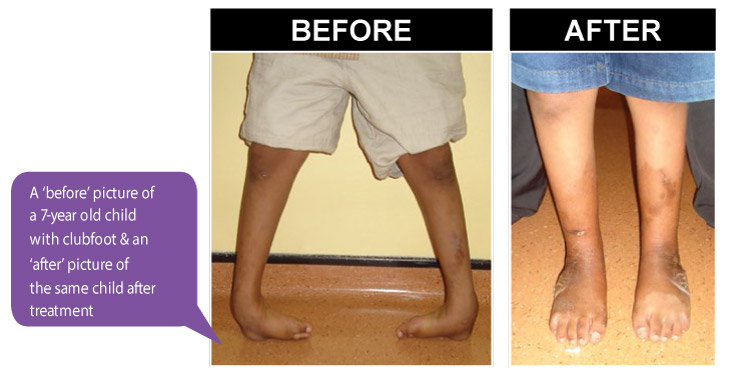



Treating Clubfoot Positive Parenting
After two months of treatment with the Ponseti method the the foot should appear overcorrected due to the fact that following correction the clubfoot deformity tends to relapse To prevent relapses, when the last plaster cast is removed a splint must be worn fulltime for two to three months and thereafter at night for 2 to 4 years 10




Correction Of The Neglected Clubfoot In The Adolescent And Adult Patient Foot And Ankle Clinics



1
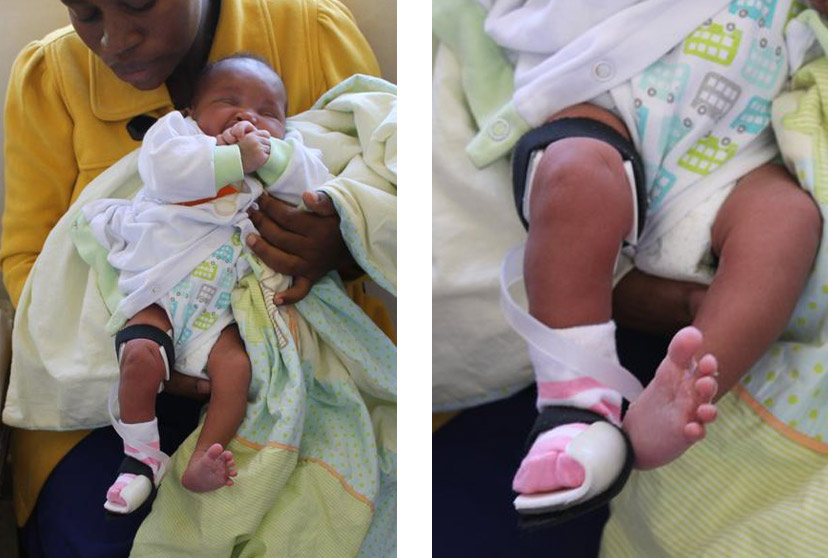



Club Foot Treatment




Idiopathic Congenital Clubfoot Initial Treatment Sciencedirect
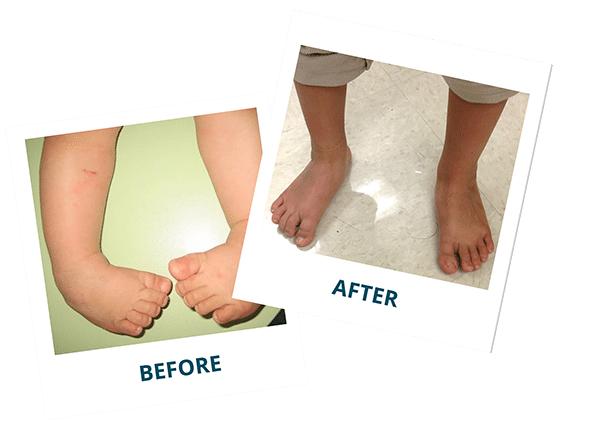



Clubfoot Doctor Ladera Ranch Southern California Foot Ankle Specialists




Clubfoot Stanford Children S Health




Clubfeet Move And Play Paediatric Therapy




How Parents And The Internet Transformed Clubfoot Treatment Shots Health News Npr




Jaypeedigital Management Of Clubfoot By Ponseti Technique




Ponseti Method For Clubfoot Clubfoot Treatment For Babies Ponseti Method
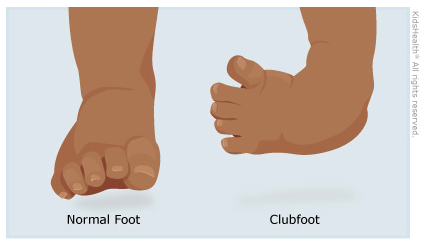



World Clubfoot Day Celebrates The Birth Of Ignacio Ponseti A Pioneer In Clubfoot Treatment The Rees Jones Foundation




Ponseti Method For Clubfoot By Md Orthopaedics Issuu




Predicting Recurrence After Clubfoot Treatment Lower Extremity Review Magazine




Can Clubfoot Be Fixed




Treatment Of Clubfoot Using The Ponseti Method Musculoskeletal Key




Clubfoot Treatment Ponseti By Md Orthopaedics Issuu
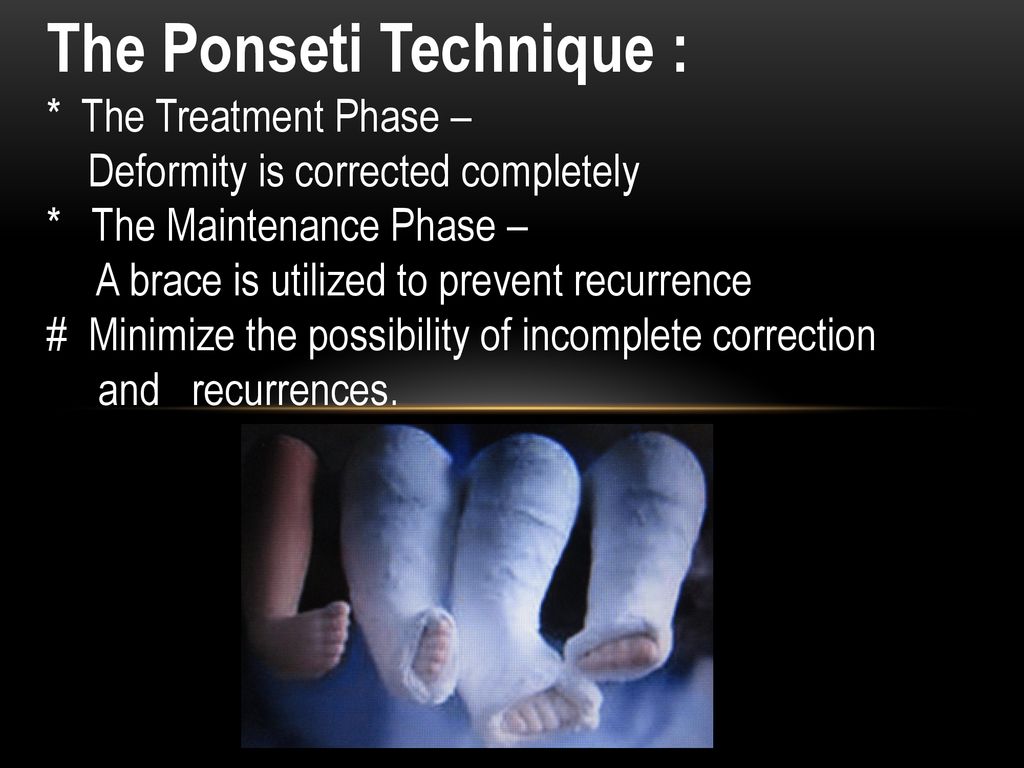



Ponseti Method For The Treatment Of Congenital Clubfoot Ccf Ppt Download




Pdf Clinical Experiences And Midterm Results Of The Treatment Of Clubfoot With The Ponseti Method Semantic Scholar




The 17 Abjs Nicolas Andry Award Advancing Personalized Medicine For Clubfoot Through Translational Research Springerlink




Results Of Modified Ponseti Technique In Difficult Clubfoot And A Review Of Literature Journal Of Clinical Orthopaedics Trauma




Ponseti Treatment Works In Walking Age Kids With Residual Clubfoot Deformity Orthobuzz




Cross Sectional Study Of Clinical Profile And Treatment Of Clubfoot By Ponseti Method Among Infants At A Tertiary Care Hospital Insight Medical Publishing
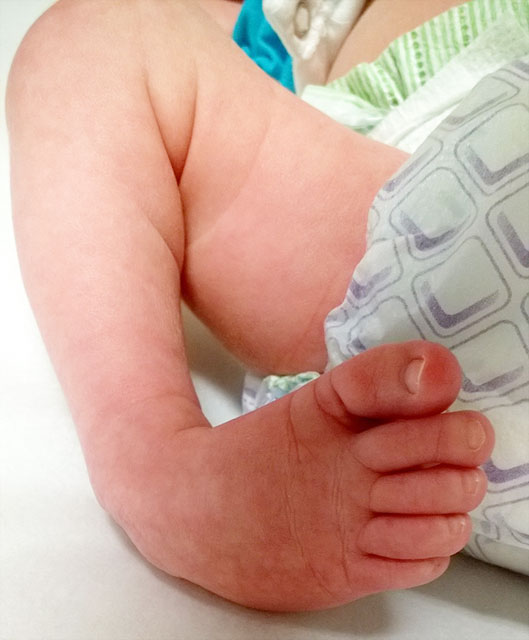



Clubfoot Johns Hopkins Medicine



Ponseti Solution Walk For Life




Naijaphysio Expert Advocates Adoption Of Ponseti Method In Treatment Of Clubfoot Deformities
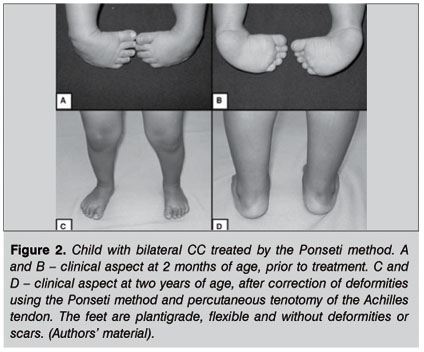



Scielo Brasil Pe Torto Congenito Pe Torto Congenito
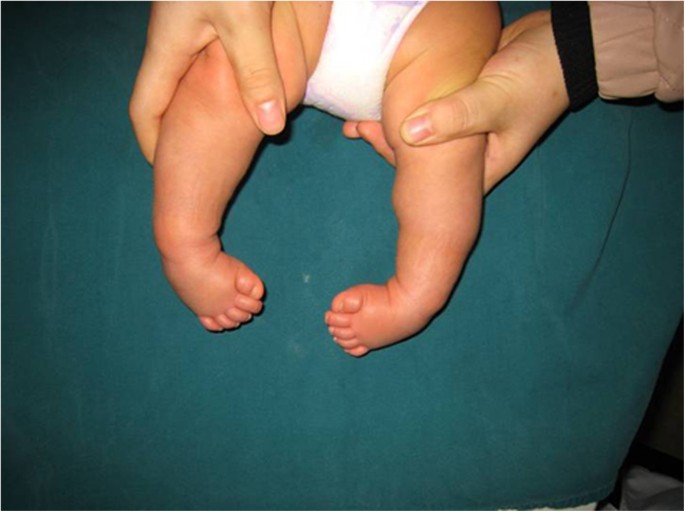



Manipulation And Brace Fixing For The Treatment Of Congenital Clubfoot In Newborns And Infants Bmc Musculoskeletal Disorders Full Text
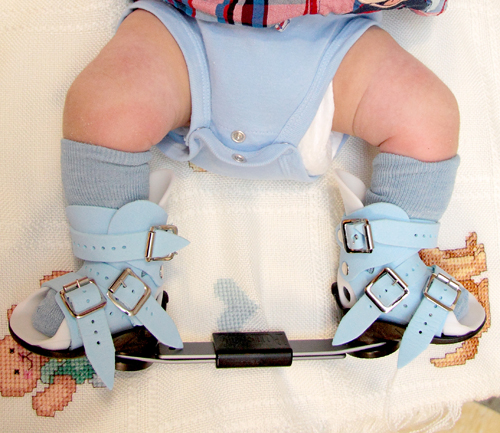



Clubfoot Baltimore Md International Center For Limb Lengthening




Pdf The Treatment Of Clubfoot With The Ponseti Method A Systematic Review




Orthobullets The Ponseti Method Of Serial Manipulation Facebook
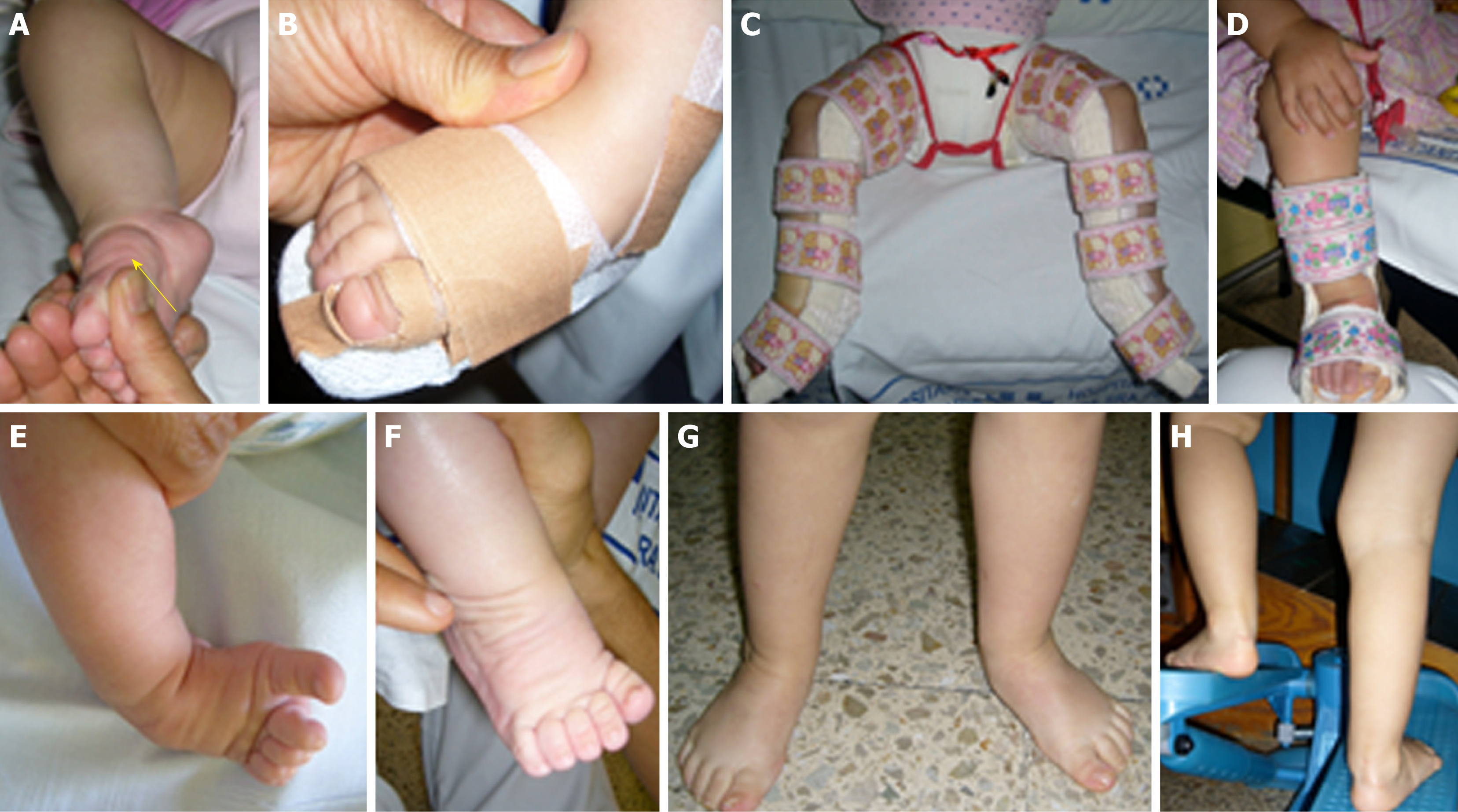



Functional Physiotherapy Method Results For The Treatment Of Idiopathic Clubfoot
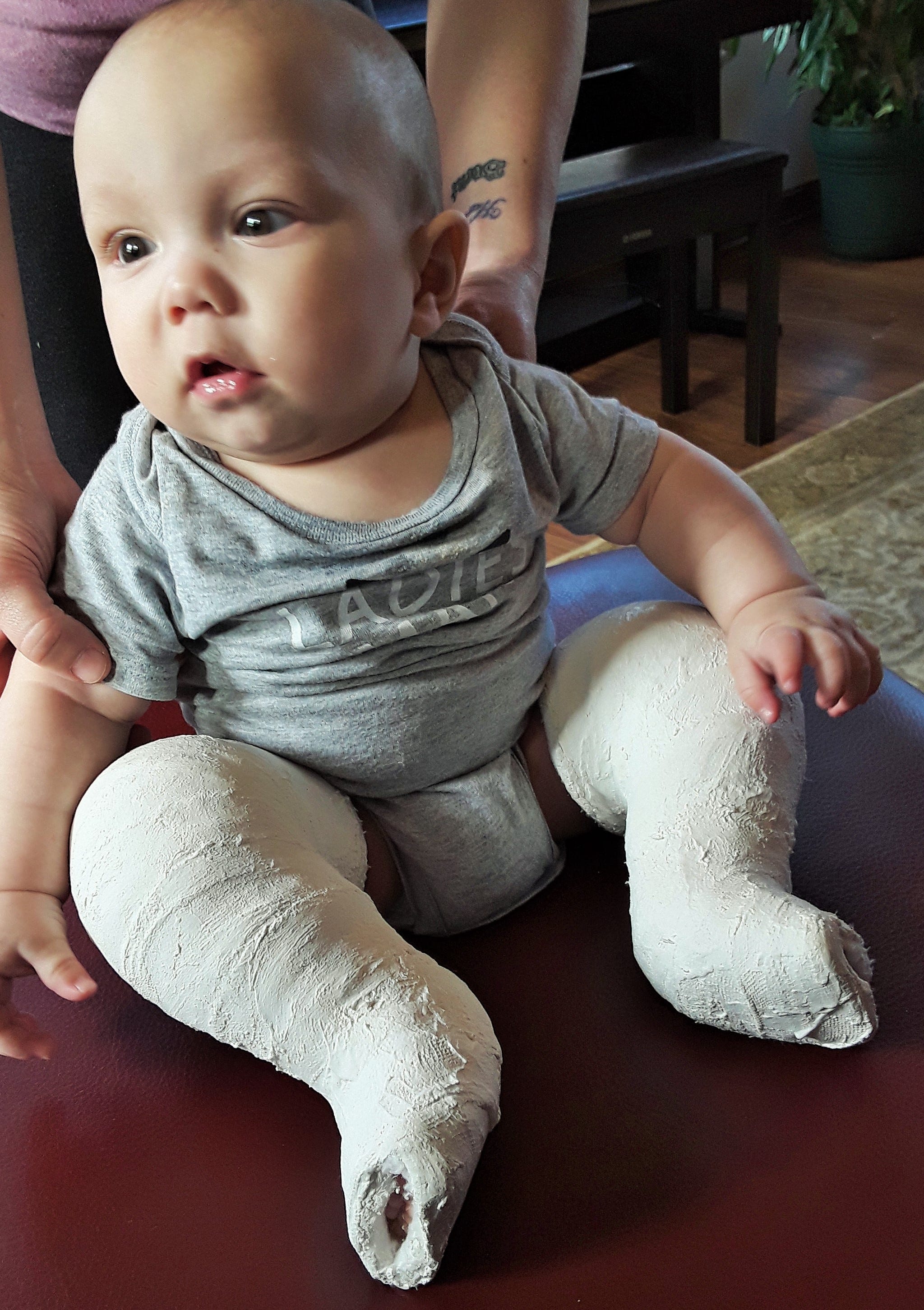



Clubfoot Treatment At Uihc Providing New Hope For Canadian Boy



1




Figure 2 From Ponseti Method Does Age At The Beginning Of Treatment Make A Difference Semantic Scholar




Pdf The Treatment Of Congenital Clubfoot By Ponseti Method Semantic Scholar
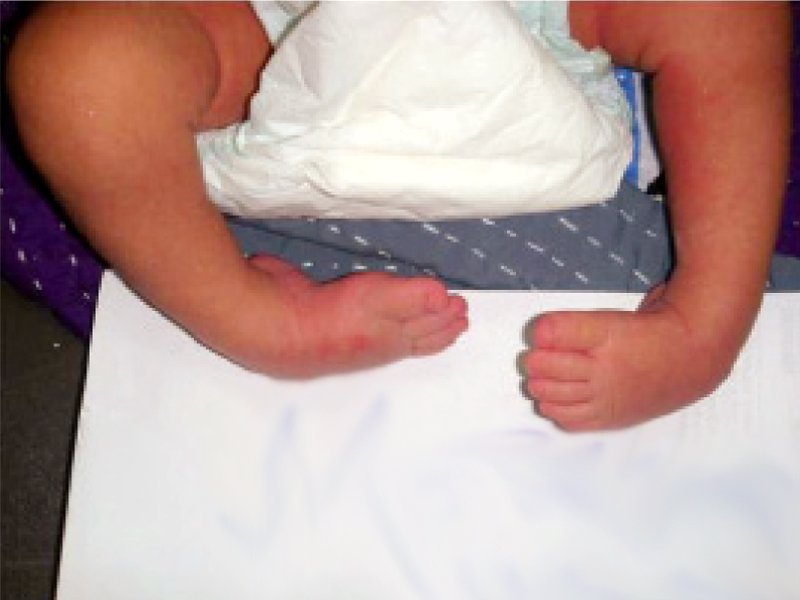



Doctors Encourage Non Invasive Treatments To Treat Club Foot In Children




Pin On Clubfoot




A F A A 7 Month Old Girl Presented With Unilateral Clubfoot With Download Scientific Diagram




Clubfoot Treatment For Babies



Clubfoot Orthoinfo os



Ponseti Method




Ponseti International To Expand Clubfoot Treatment Overseas Iowa Now
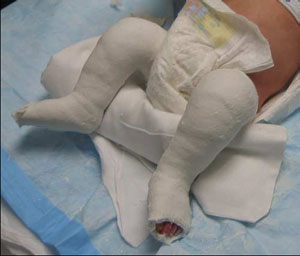



Ponseti Method For Correcting Clubfoot Overview For Parents




What Is The Ponseti Method With Pictures




Clubfoot Challenges And Victories A Parent S Story Home And Horizon



Club Foot




Pdf Evaluation Of Outcome Of Treatment Of Idiopathic Clubfoot By Ponseti Technique Of Manipulation And Serial Plaster Casting Semantic Scholar



History Of Clubfoot Management Global Clubfoot Initiative
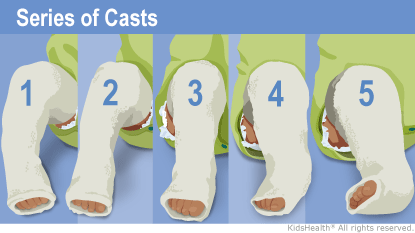



The Ponseti Method Casting Phase For Parents Nemours Kidshealth
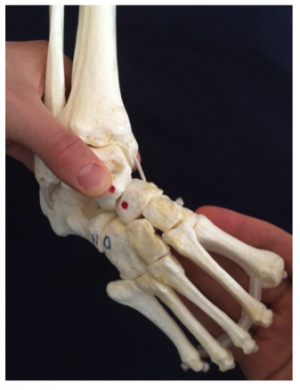



Ponseti Method Physiopedia
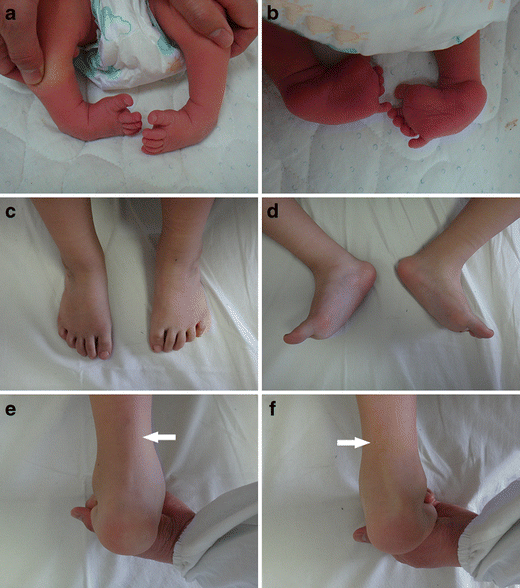



Congenital Clubfoot Early Recognition And Conservative Management For Preventing Late Disabilities Springerlink




Children Free Full Text Ponseti Technique For The Management Of Congenital Talipes Equinovarus In A Rural Set Up In India Experience Of 356 Patients Html



Ponseti Method Surpasses Surgery For Long Term Clubfoot Outcomes Lerpediatrics Com



Clubfoot Treatment Steps
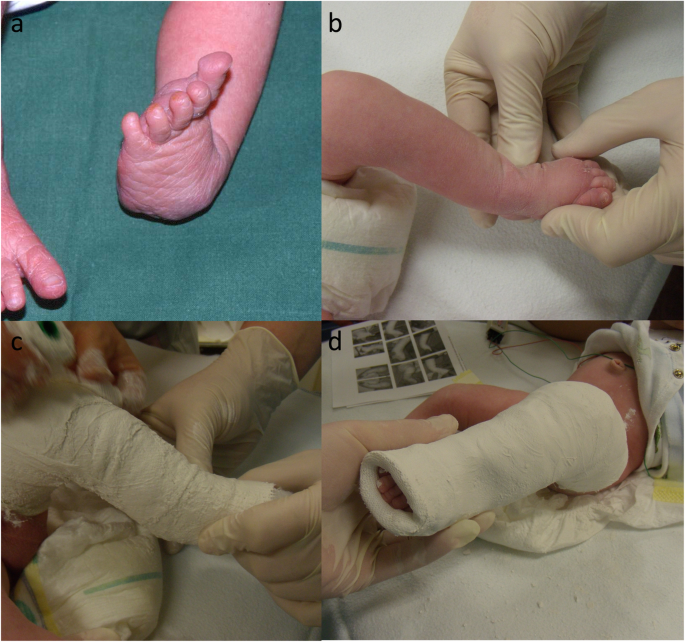



Clubfoot Treatment With Ponseti Method Parental Distress During Plaster Casting Journal Of Orthopaedic Surgery And Research Full Text
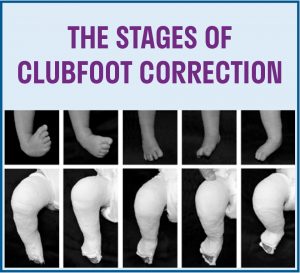



Treatment Strategies Paley Orthopedic Spine Institute




Results Of Modified Ponseti Technique In Difficult Clubfoot And A Review Of Literature Sciencedirect
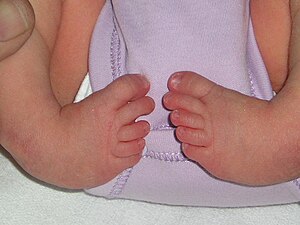



Clubfoot Wikipedia
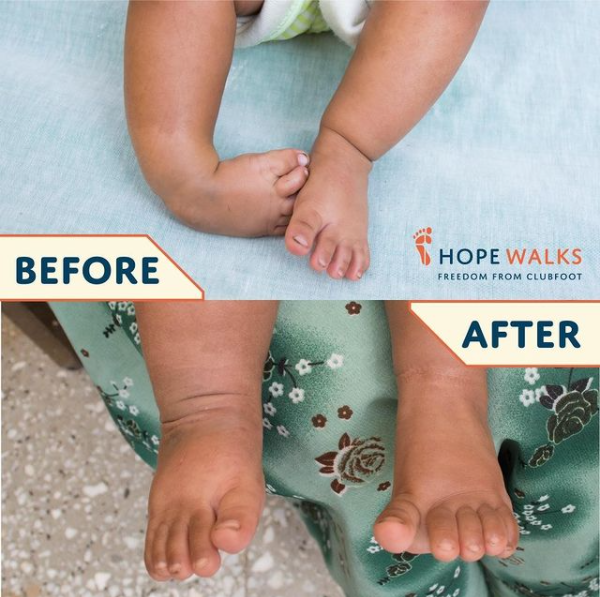



World Clubfoot Day Celebrates The Birth Of Ignacio Ponseti A Pioneer In Clubfoot Treatment The Rees Jones Foundation




Non Surgical Treatment For Clubfoot Helps Those Who Can T Afford It Pbs Newshour
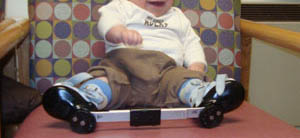



Ponseti Method For Correcting Clubfoot Overview For Parents
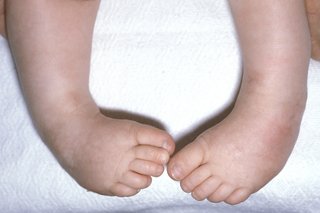



Club Foot Nhs




A C A Patient Treated By The Ponseti Method For Bilateral Idiopathic Download Scientific Diagram




Starship Resources For Children Coming To The Orthopaedic Clinic For Clubfoot
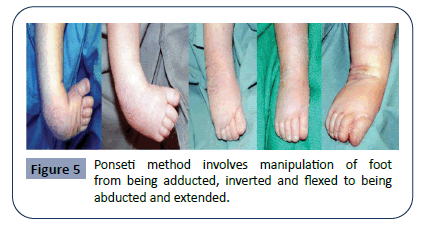



Cross Sectional Study Of Clinical Profile And Treatment Of Clubfoot By Ponseti Method Among Infants At A Tertiary Care Hospital Insight Medical Publishing
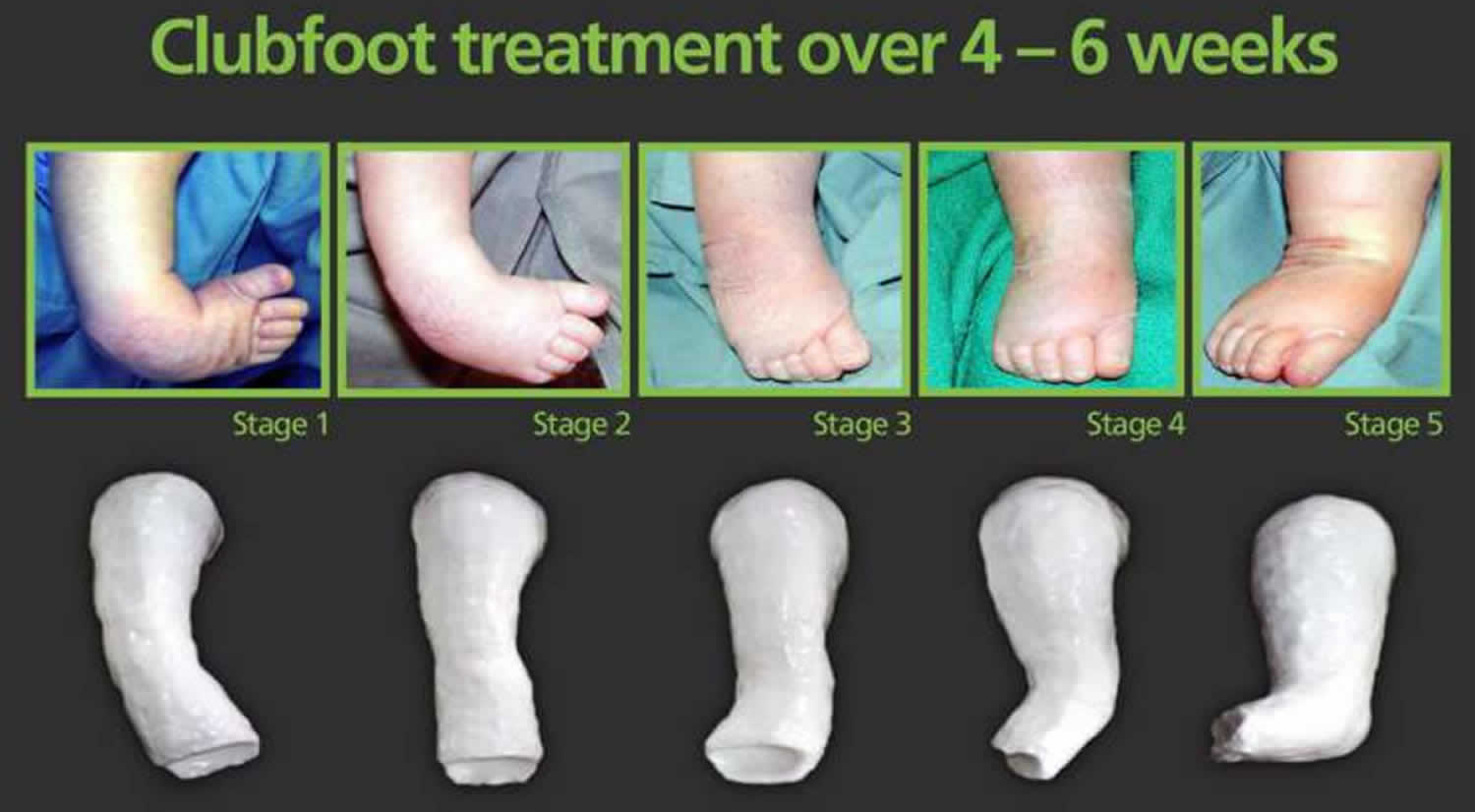



Ponseti Method For Clubfoot Treatment




An Analysis Of The Mechanical Properties Of The Ponseti Method In Clubfoot Treatment




Predicting Recurrence After Clubfoot Treatment Lower Extremity Review Magazine
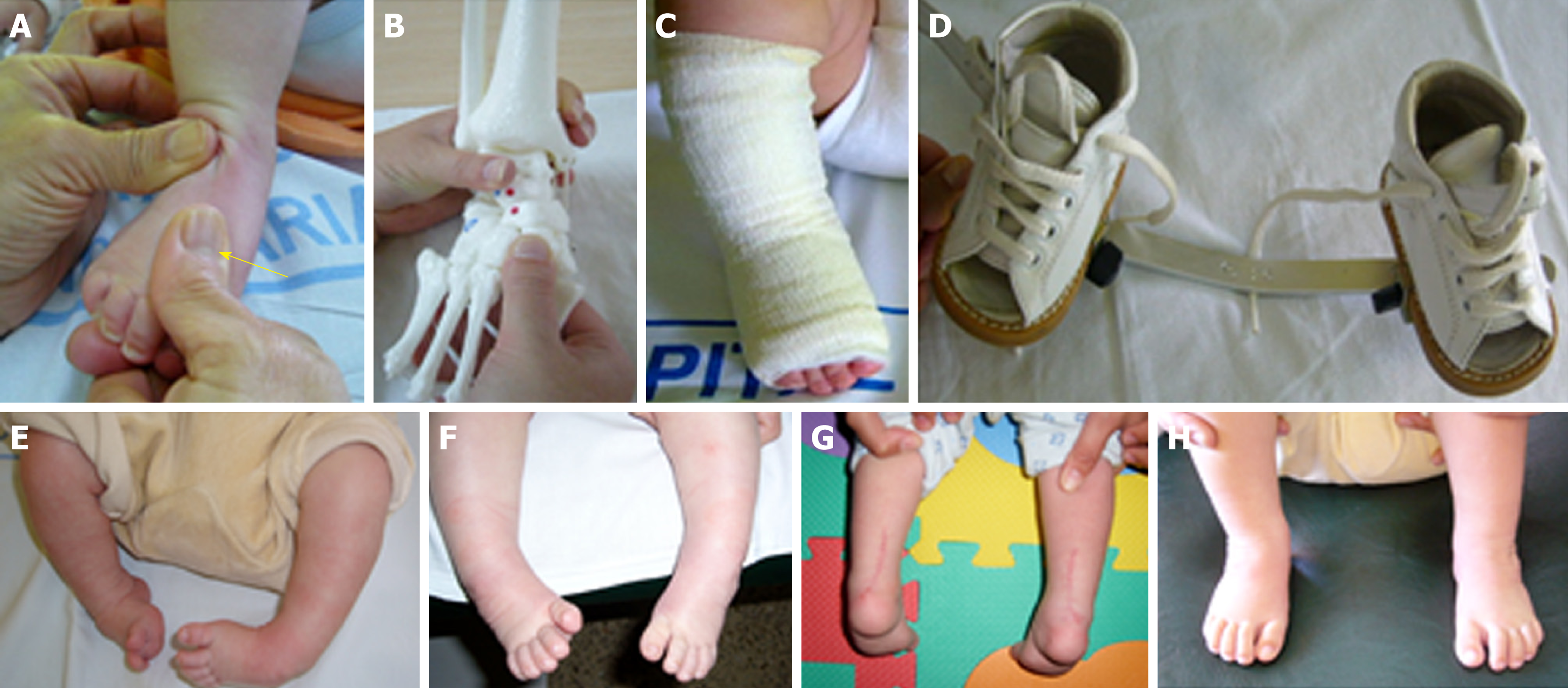



Functional Physiotherapy Method Results For The Treatment Of Idiopathic Clubfoot




Is Unilateral Lower Leg Orthosis With A Circular Foot Unit In The Treatment Of Idiopathic Clubfeet A Reasonable Bracing Alternative In The Ponseti Method Five Year Results Of A Supraregional Paediatric Orthopaedic Centre




Congenital Clubfoot Congenital Clubfoot Nonoperative Treatment 1 Serial Casting 2 Bracing 3 Ponseti Method 4 French Method Ppt Download




The Ponseti Method Of Clubfoot Care Where To Put Your Fingers Youtube




Ndorms University Of Oxford Clubfoot Treatment With The Ponseti Technique Is The Biggest Achievement In Children S Orthopaedics In The Last 50 Years Says Consultant Surgeon And Volunteer With The Africaclubfoot Training
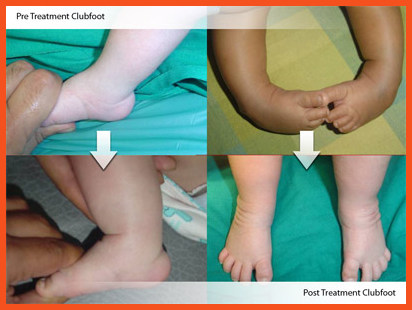



Dr Sameer Desai Ponesti Treatment In Pune And India




Difficulties During Ponseti Casting For The Treatment Of Idiopathic Clubfoot The Journal Of Foot And Ankle Surgery



Neglected Idiopathic Clubfoot Successfully Treated By The Ponseti Method A Case Report Of An Adult Patient Who Started Treatment At 26 Years Of Age Journal Of Orthopaedic Case Reports




Ponseti Management Of Clubfoot After Walking Age Elgazzar As Egypt Orthop J



1




Clubfoot Malaysia Blog Ponseti For Clubfoot It S Time To Continue Treatment




A Clubfoot Journey In Ecuador Miraclefeet



0 件のコメント:
コメントを投稿